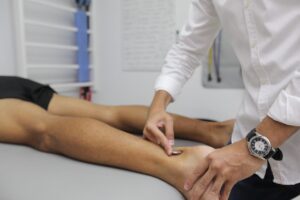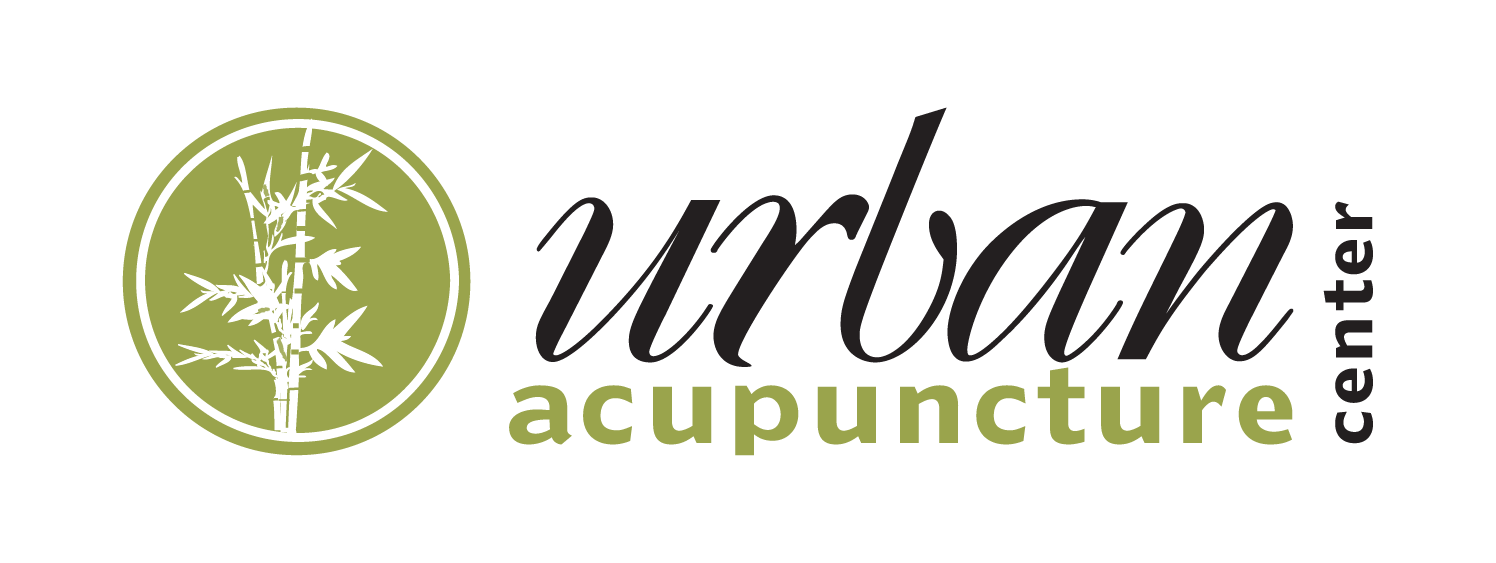What is a Myofascial Release Massage?
Myofascial release is a soft tissue therapy used to treat deep muscular tension, somatic dysfunction, and pain by relaxing the fascia (the fibrous bands around muscles, ligaments, and tendons). The technique requires very firm pressure that stretches and elongates deep muscle tissue, increasing range of motion and circulation.
Myofascial Release vs. Massage
 Massage involves stroking and kneading motions, usually administered with lubricants, making it easy for the therapist to slide their hands over the recipient’s skin. This is ideal for anyone with tension or tired muscles caused by exercise, sleeping in an odd position and just ordinary daily stresses. Massages usually last 30-60 minutes and can relieve muscle tension including the release of “knots” in the muscles. While people usually feel peaceful afterwards (although sometimes sore from the release of the muscle knots), it doesn’t typically address pain in the connective tissue.
Massage involves stroking and kneading motions, usually administered with lubricants, making it easy for the therapist to slide their hands over the recipient’s skin. This is ideal for anyone with tension or tired muscles caused by exercise, sleeping in an odd position and just ordinary daily stresses. Massages usually last 30-60 minutes and can relieve muscle tension including the release of “knots” in the muscles. While people usually feel peaceful afterwards (although sometimes sore from the release of the muscle knots), it doesn’t typically address pain in the connective tissue.
Myofascial release applies sustained pressure on targeted areas of connective tissue (fascia) that surround your muscles and bones. This pressure is meant to release the restriction in the connective tissue so that you have greater range of motion and less pain. The physical therapist, who is trained in myofascial release, maintains pressure for three to five minutes at a time in the targeted area. Using steady pressure is the key. The fibers must be allowed sufficient time to soften and stretch. No lubricant is added to the skin so the therapist can locate and release the areas of connective tissue that are restricted.
Myofascial Release techniques have a wide range of potential benefits including (but not limited to):
- Corrects muscle imbalances
- Improves joint range of motion and overall flexibility
- Can help alleviate headaches or symptoms of migraines
- Reduced adhesion’s and scar tissue (from surgeries or injuries)
- Relieves muscle soreness and joint stress
- Promotion of healing are often part of the intent of the therapy including feeling more grounded and centered in your body; calms the nervous system
- Decreased overall effects of stress
- Better warm-ups for active individuals
- Increased blood flow and tissue hydration
- Myofascial Release therapy aims to address and support a variety of chronic pain conditions, and is usually repeated over several sessions for ongoing efficiency. Self-myofascial release techniques, such as with a foam roller may also be recommended which can be performed at home in order to help support the effects of the treatment.
How is myofascial release performed?
Myofascial release techniques (MFR) are designed to go in and smooth out those hard knots, returning the fascia to its normal fluid and adaptable self. In MFR, a gentle, sustained pressure is applied to points of restriction (those bunched up spots), allowing the connective tissue to release. Picture a stick of cold butter. If you jab your finger into it sharply, you’re just going to hurt your finger, and not even make a dent in the butter. But if you place your finger on the butter, and apply gentle pressure, you’ll find you’re able to slowly sink into the stick of butter, melting your way into it. This is essentially what is happening when an MFR therapist works on the body, or when one performs Self Myofascial Release (SMFR) with myofascial release tools such as rollers and balls.
Types of myofascial release
Myofascial release is typically categorized as either passive or active. Here is information on these two types and approaches to myofascial release:
1. Passive myofascial release: The passive form of myofascial release is where the therapist’s movements are guided by the patient’s body—the therapist is trained to find and identify tension in the patient’s fascia and observe how the patient’s body responds to treatment. This informs the therapist’s course of action, affecting where they stretch the patient’s fascia, how much pressure they apply, and for how long.
2. Active myofascial release: The active form of myofascial release involves the patient directed to contract and relax certain muscles under the guidance of the therapist.
A session may combine passive and active myofascial release techniques, or only use one approach.
By targeting specific areas of the fascial system, myofascial therapy can help prepare patients for more aggressive forms of strengthening, or provide pain relief for patients with restricted flexibility and movement, thus allowing patients to return to normal movement and greater function.
Contact Us For More Information
For more information about how acupuncture, massage therapy and other treatments can help you, please contact the Urban Acupuncture Center Board Certified Licensed Acupuncturist’s team at Indianola Ave, Clintonville (614) 725-2488 | Main St, Westerville (614) 426-4406 or click here. Taking new patients in and around greater Columbus, Ohio.
